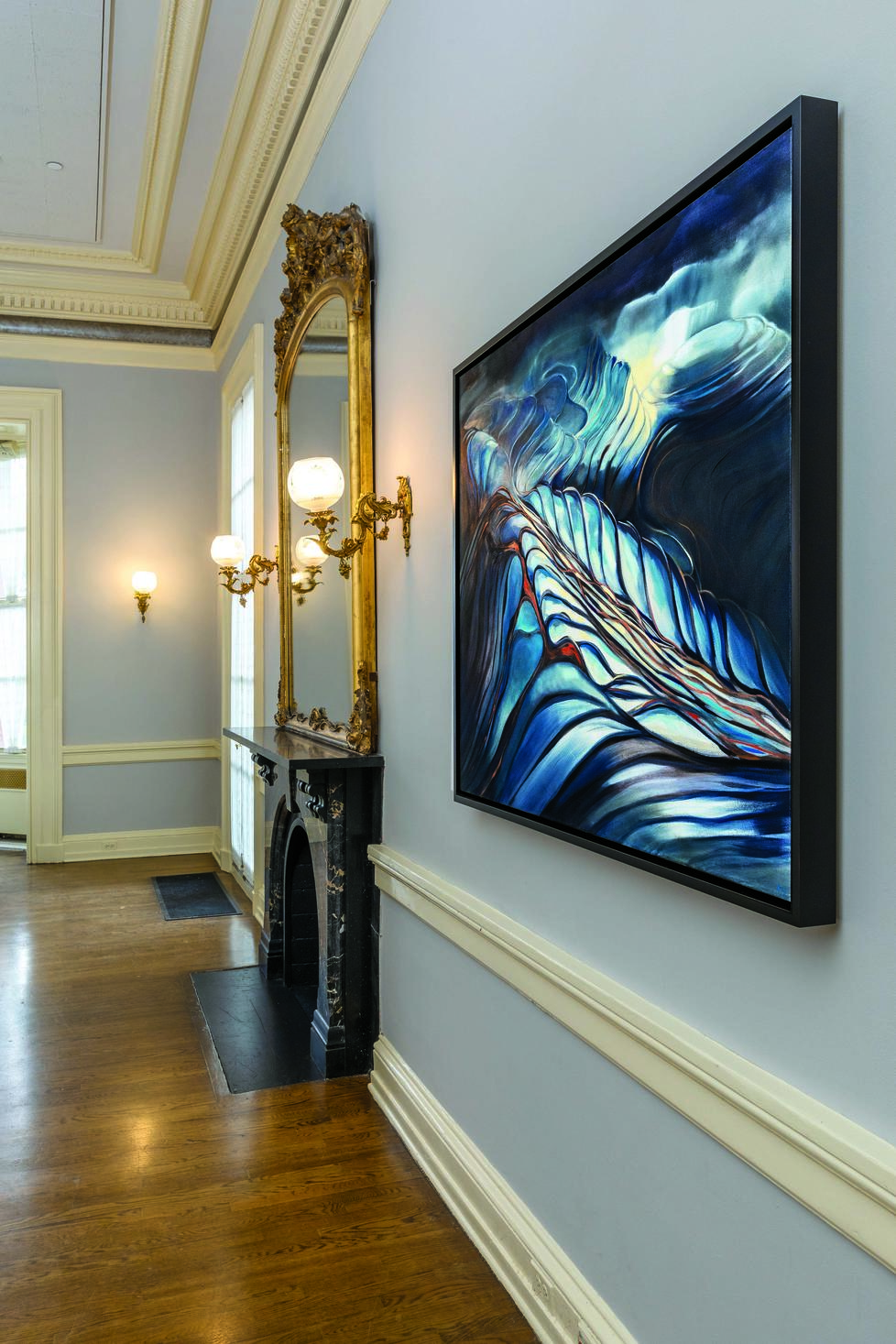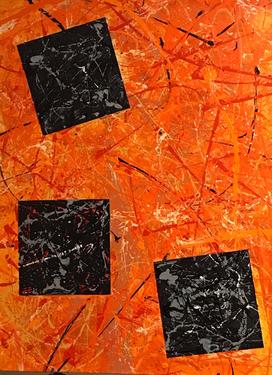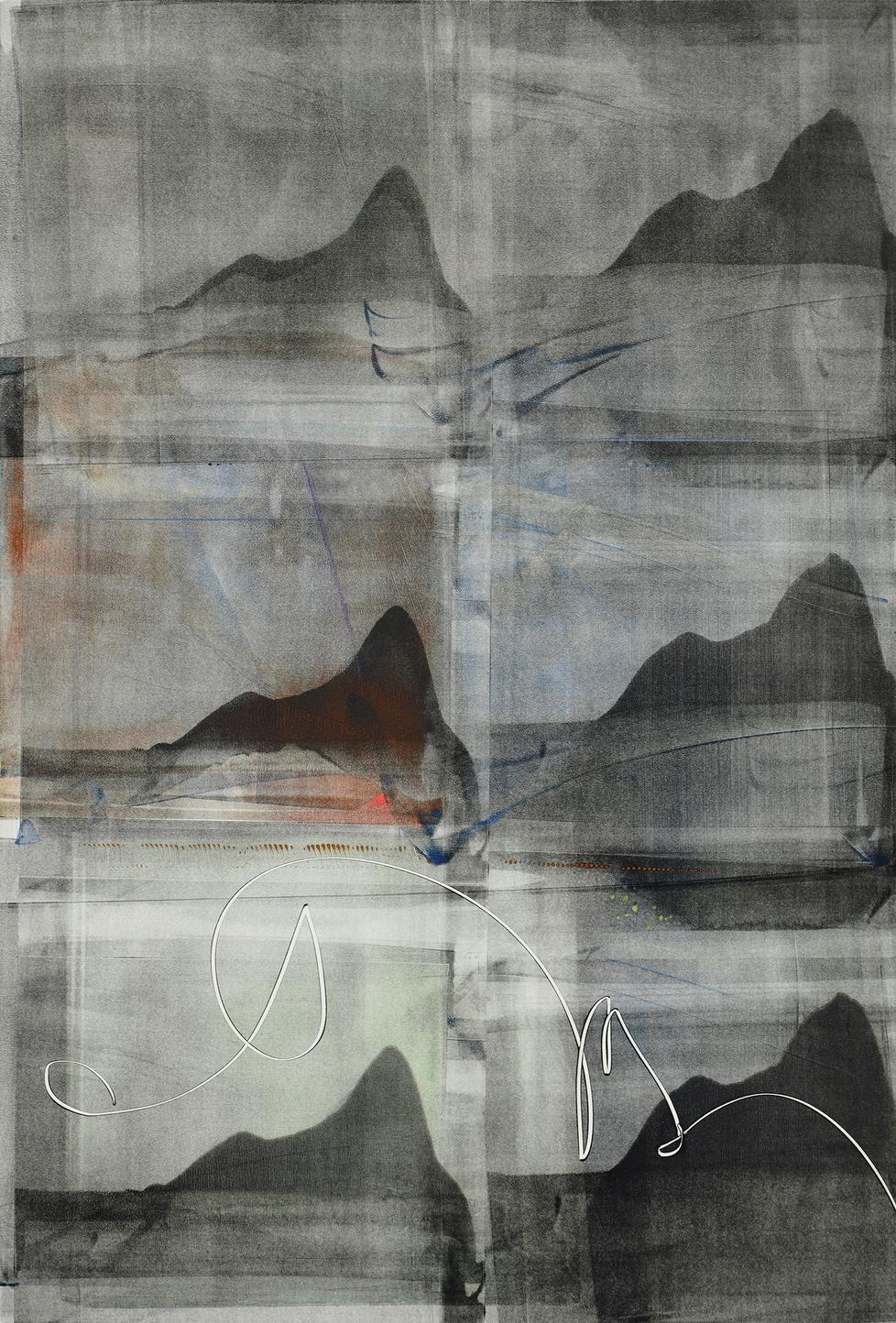Contemporary Art Exhibit Brings ‘Sea Change’ to Prospect House
Prospect House dates to the mid-1800s and served as the president’s house for nearly a century
Boyce has been a full-time artist for about three years (she previously worked in brand consulting), and in the last year, she has been on the road with her partner, living in a custom van, exploring the U.S. and Canada, and devoting her waking hours to painting. Much of her work, like “Pools,” plays with patterns and light sources.
Boyce is among 21 Princetonian artists — alumni, students, and staff — whose works were chosen from nearly 200 submissions for a new exhibition at Prospect that focuses on five themes: origins and legacies, change and growth, belonging, community, and healing.
“It’s exciting to be showing at Princeton, because that’s where it started for me,” said Boyce, who fondly recalls her undergraduate visual-arts courses and the countless hours spent in the top-floor studios at 185 Nassau Street.
The art in the Prospect exhibition, which will be on display for at least a year, was chosen by the Campus Art Steering Committee. James Steward, director of the Princeton University Art Museum, said the idea was to showcase art that is inclusive of the wider campus community. Bringing contemporary art to Prospect, a building that dates to the mid-1800s and served as the president’s house for nearly a century, is “a sea change, and one that I think will be enlivening and very fresh,” Steward added.
Hope VanCleaf, until recently a staff member at the Lewis Center for the Arts, is pursuing photography in retirement. Her photo in the exhibition captures an easily overlooked piece of Princeton’s past: a leaded-glass window at Maclean House that shows names and messages inscribed by long-ago students. That the students had chosen to make their mark in this way — and that the University had preserved it — seemed like “such an amazing thing — that history etched in [glass],” VanCleaf said.
Painting was not part of Ponder’s undergraduate experience. He majored in politics and took courses in creative writing. But he says that the liberal-arts experience has inspired his activism (he runs a nonprofit called Art Against Racism) and the spirit of self-learning that took him from a 30-year career as a lawyer to his pursuit of the arts.
“Princeton is influential in everything I do,” Ponder said.















No responses yet